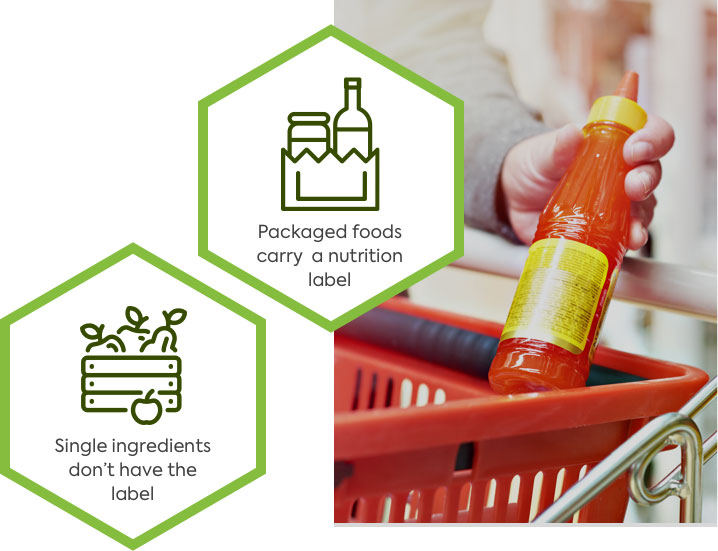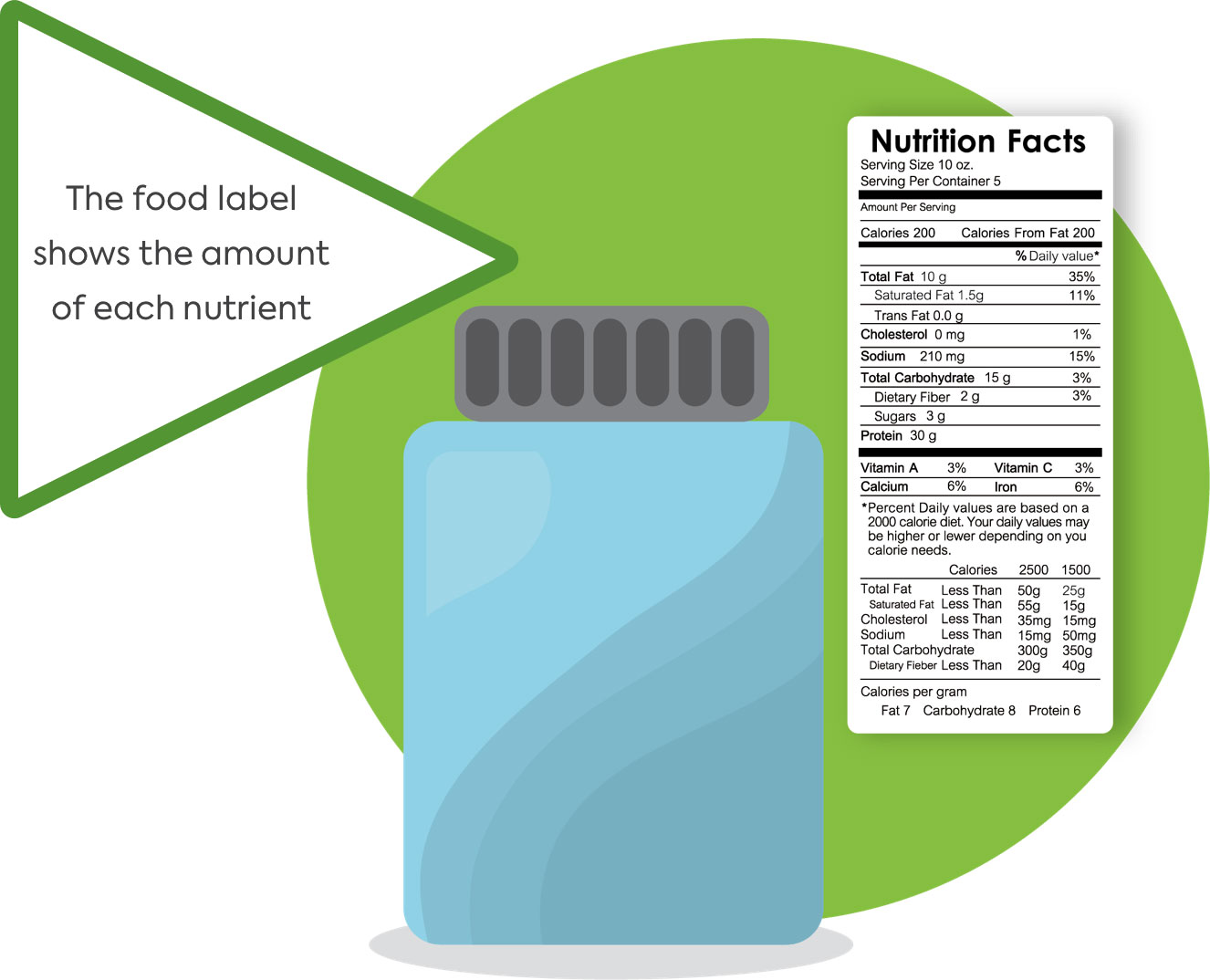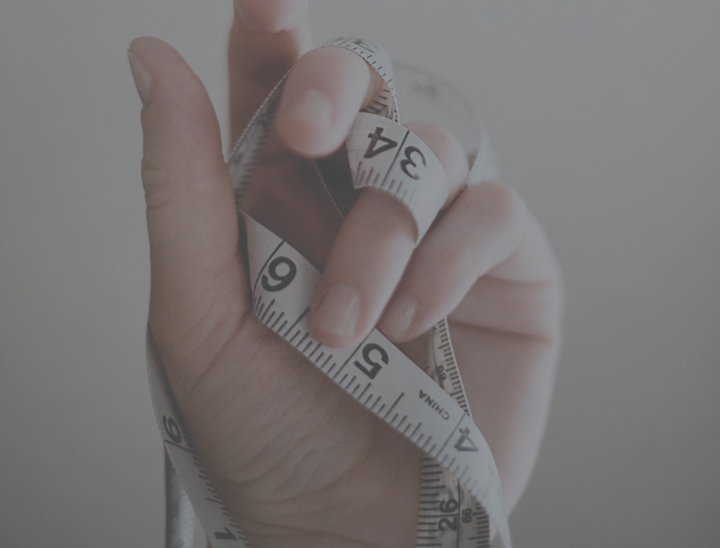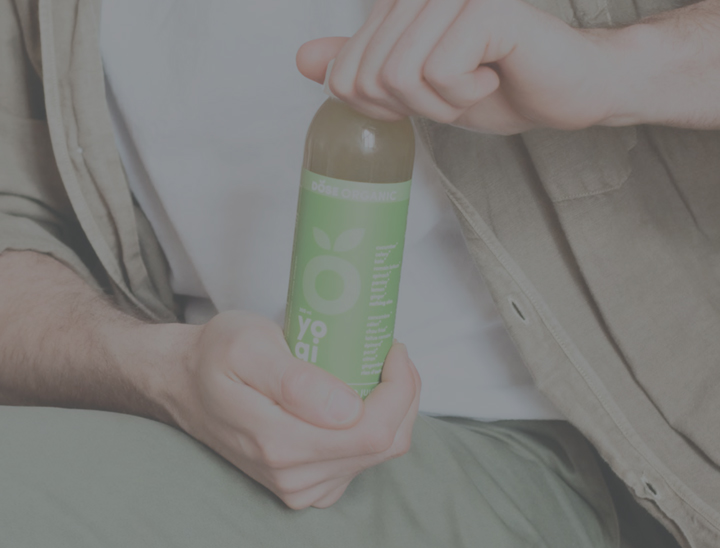Food product labels can help
There’s a lot of information on packaged foods and it can be overwhelming, but the labels on the front and on the back of food packets are designed to provide useful details on the product’s ingredients and nutrition.
Almost all packaged foods available in Australia carry a nutrition information panel unless they have a single ingredient (like fruit and vegetables), are very small (like spices or tea) or they’re freshly made and packaged where they’re sold (like fresh bread).


The food label
Information on food labels is presented in a standard format.
The label should show the amount of each nutrient per serve and per 100 g of the product, or per 100 ml if it’s a liquid. Seven nutrients need to be listed on all panels: energy (in kilojoules), protein, total fat, total carbohydrates, sugars and sodium (i.e. salt). Companies can list information about other nutrients if they are making claims about the food such as its fibre content or its ability to reduce blood cholesterol.
As a guide, an average slice of birthday cake has around 31 grams of sugar.
The World Health Organisation recommends limiting ‘free’ sugar intake to a maximum 50 grams a day.
The World Health Organisation (WHO) includes sugar from a number of sources including fruit and fruit juices in its definition of ‘free sugars’ and the 50 gram limit is for ‘an average person’ rather than being specific for an individual.
Check out the links on the Resources page to find out more.




